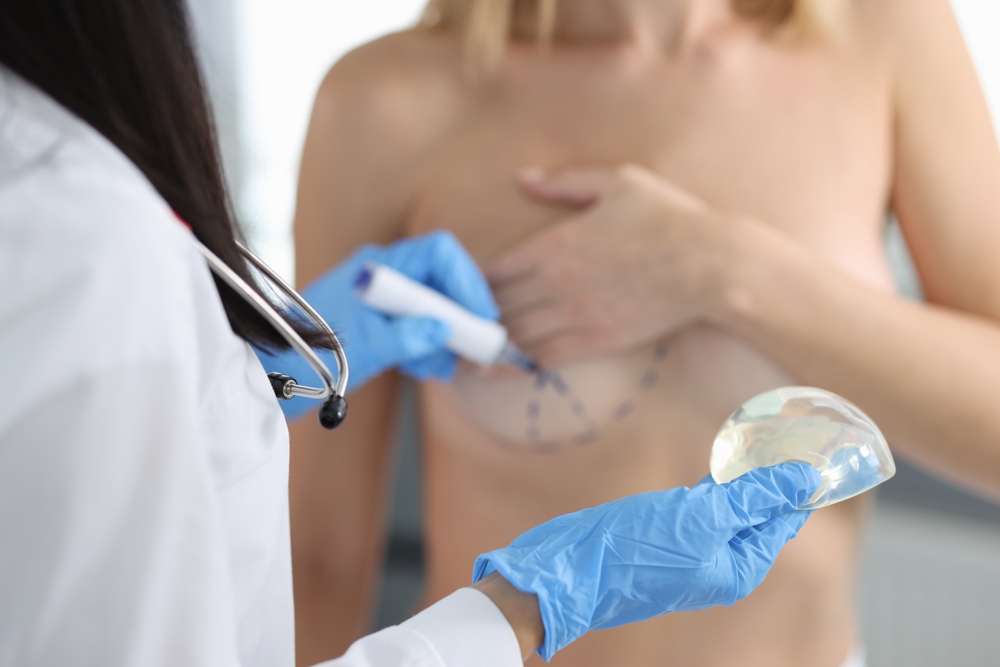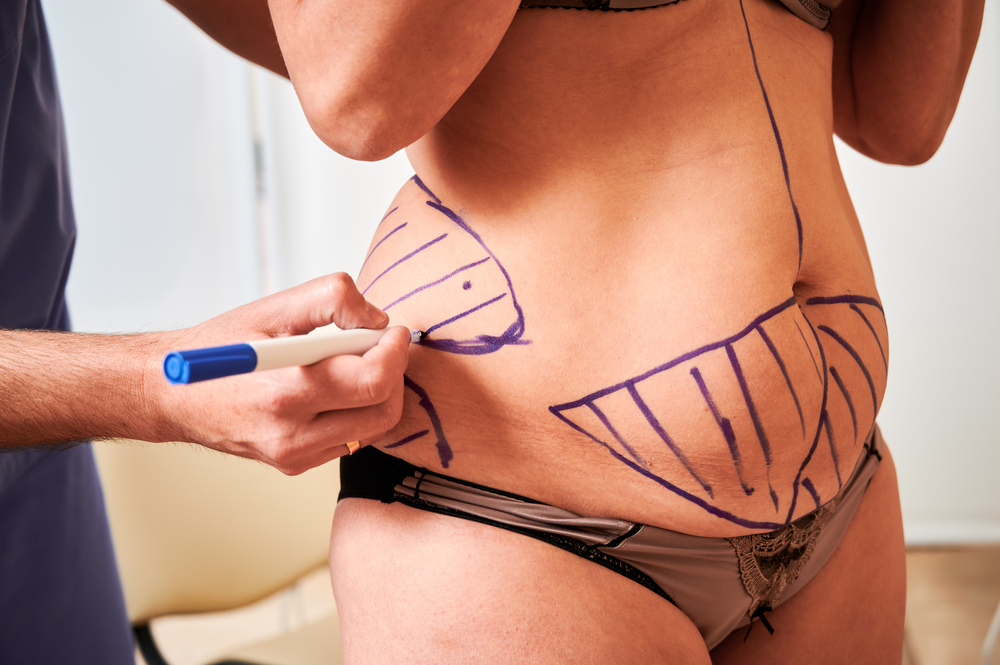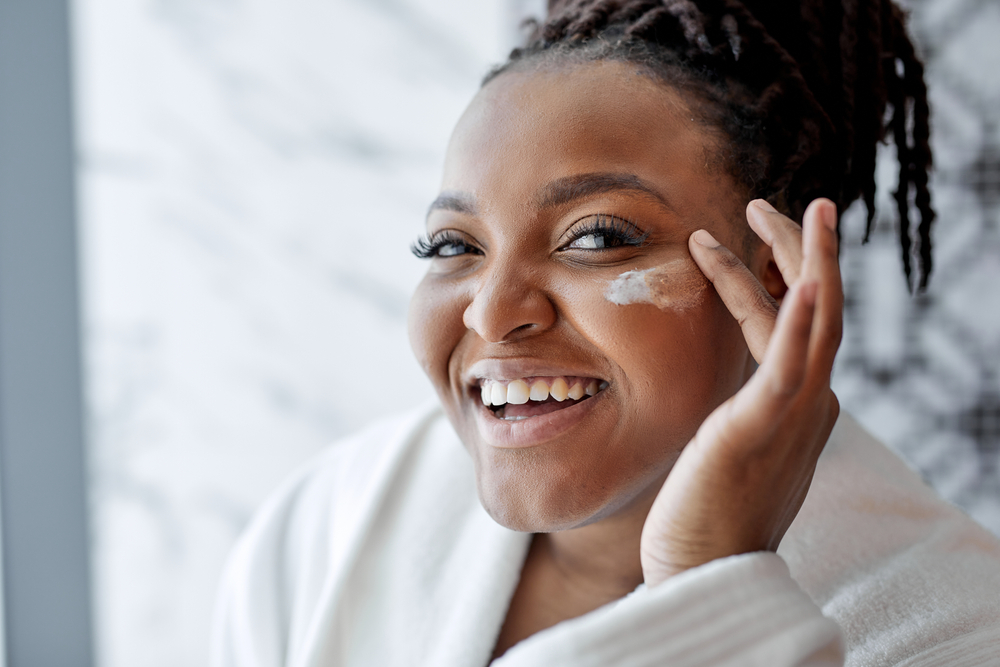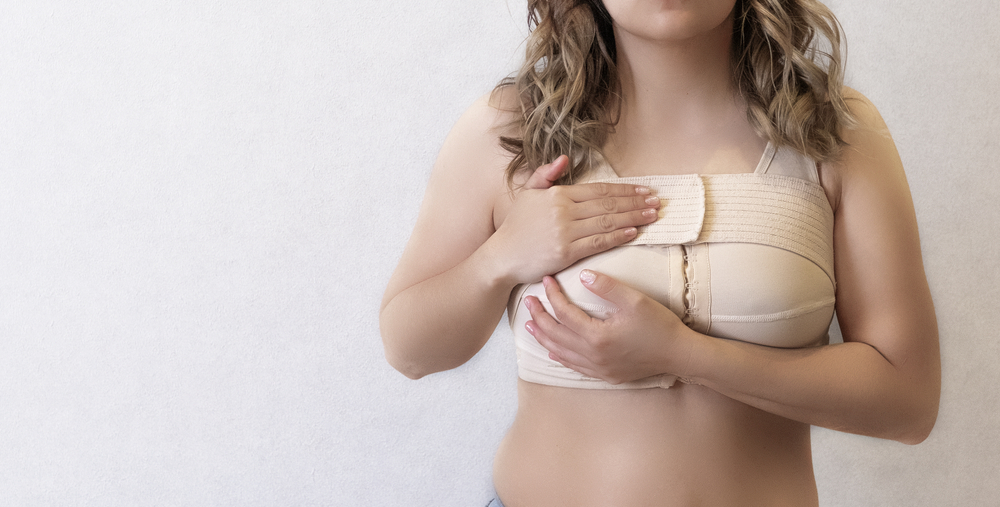“Biohacking” is a popular concept these days in the self-care industry. The idea is very sexy and simple: apply methods (diet, supplements, exercise, mind/body work, etc.) to tweak your internal biology to optimize health and well-being.
A lot of the focus of biohacking can be found in the realm of anti-aging and counteracting the toxic byproducts of our cellular biology, oxygen free radicals. By doing so, you can theoretically affect inflammation levels, autoimmune phenomenon, production of precancerous and cancerous cells, and aging related tissue damage. I have noticed that the speed of recovery is often driven less by chronologic age and more by “biological age.” I have patients who are older, but do much better than many younger patients because their lives are clean, they live well, exercise, eat right, have a positive mindset, etc.
So, the concept of biohacking is very apropos when it comes to influencing surgical outcomes. However, there is a catch. The term hacking implies a quick flash of brilliance that produces a certain outcome much like the pimple-faced teenager hacking someone’s email late at night. Biohacking is anything but that. It is a SLOW and deliberate process that can take years. It is essentially a lifestyle and a mindset and cannot be achieved overnight.
Of all the procedures I do, breast augmentation is one of the shortest. It generally takes 30 to 45 minutes for a skilled and experienced board-certified plastic surgeon to perform the surgery. When certain principles are violated, a lot of problems can ensue, this can lead to multiple unnecessary procedures, expense, and suffering.
When I did an aesthetics fellowship in Los Angeles, a majority of my time focused on revision cosmetic surgery. It was essentially a “botched” fellowship. I saw the aftermath of poor decision-making, poor execution, and I’ve subsequently incorporated many of these principles into my own practice. I do a lot of revision surgery, and what follows are some of the pearls that I’ve coalesced to help patients along this journey.
For me, biohacking prior to any surgery involves not only the manipulation of biology, but also the psychology behind sound decision making for both the surgeon and patient alike.
Table of Contents
Toggle1. Breast Size Matters
Choosing the appropriate size is foundational for a complication-free and joyful experience with breast augmentation. Far too many patients go too big. There are many reasons for this. The USA is the epicenter for pornography globally, and its pernicious influence is evident in all forms of media. Because of this, many women subconsciously equate sexy with big.
U.S. surgeons are statistically larger than the rest of the world. This is highly problematic. I always try to steer patients towards a conservative size choice based on God-given anatomy, tissue characteristics, and frame size. Implants that are too large can stretch and thin out the skin and soft tissues, dent the ribs and raise the statistical probability of complications, leading to additional surgeries. Once you see ribs that are concave from oversized implants, you can never unsee that.
2. Your Motives Matters
The wrong motivation behind any cosmetic procedure such as breast augmentation can warp decision making. I find that patients going through major life changes such as a divorce can cause them to lean towards an exaggerated look to jumpstart a new beginning. That can turn out to be a mistake, it’s always best to think breast augmentation through and make sure that is what you want. Another bad motive would be allowing others to decide for you such as an unscrupulous spouse or significant other. A better you and not a new or alternative you should be the goal.
3. Diet Matters
My father, who was a biochemistry professor at the University of Virginia, always told us “You are what you eat.” Eating things that are clean and green, rather than processed foods, influence the levels of inflammation in our bodies via modification of oxygen free radical production. Elevated levels of inflammation can slow wound healing, increase pain, and influence capsular contracture. Capsular contracture is thought by many to be the product of dysregulated and chronic inflammation around the implant. Anything that can be done to short-circuit this process can lead to improved outcomes. In my opinion, diet is critical to warding off this complication.
4. Smoking Can Influence Capsular Contracture
Smoking, whether it be marijuana or tobacco, increases the production of oxygen free radicals in our bodies. As I stated above, this can influence capsular contracture. Our literature is very clear that smoking increases the risk of this complication. Never mind the fact that it’s bad for your global health.
5. Breast Massage Can Help A Lot
In the world of body contouring, lymphatic massage is very impactful. It expedites the disappearance of extracellular and inflammatory fluid and speeds recovery. In my opinion, breast massage, whether it is self-massage, or at the hands of a trained professional, can improve outcomes and ward off complications that are against the byproduct of inflammation. Energy-based modalities such as ultrasound can also have a potential impact through theoretical dissipation of inflammation, although definitive studies are still missing.
6. Your Mindset Plays A Big Role
When it comes to surgical recovery, and good outcomes, a positive mindset plays a significant role. Whenever I see patients coming in who are positive, verbalize and speak positively in advance of their surgery, I rarely see them do poorly. I know this sounds woo woo, but I think it speaks to a profound reality of mind affecting matter. If you approach Surgery with fear and trepidation, or from the vantage point of surgery being a solution for negative life circumstances, suboptimal results can occur. Interestingly, when it comes to the subject of breast implant illness or BII, while the phenomenon remains ill-defined and causation questionable, there are variables that have come up in our literature that correlate with breast implant illness: obesity, smoking, and anxiety and depression. Due to this, negativity can set in and it can unfortunately impact surgical outcomes.
7. Vitamins Can Help Breast In Many Ways
Despite the relative paucity of formal education regarding vitamins and nutrition during my surgical education, I am now a strong advocate of the use of bioactive hormonal regimens to control inflammation and speed recovery. I use VitaMedica regimens for all my surgical patients. Regarding breast augmentation, I use a custom formulation of natural anti-inflammatories design to ward off capsular contracture. They are used prior to augmentation, during the recovery period for several months, and after the fact if contracture appears to be imminent. This formulation includes bromelain, turmeric, ginger, and milk thistle to name just a few.
8. Keller Funnels Can Lessen Trauma
The Keller funnel, which is a lubricated funnel designed to allow atraumatic insertion of the implant, it’s very important for insertion of silicone implants. It reduces actual trauma to the device itself, and by way of corollary, it lessens the trauma and potential information stirred up in the pocket itself. The funnel use has been linked to lower capsular contracture rates.
9. Choosing The “Right” Plastic Surgeon
Delicate surgical technique has a definitive influence over surgical outcomes, including breast augmentation. Blood is a natural inflammatory substance, and if there’s too much blood in the pocket after implant placement, the risk for capsular contracture goes up. Thus, I use loupe magnification and a delicate and precise surgical dissection to minimize blood deposition and tissue damage.
10. Pain After Breast Augmentation
Postoperative pain can negatively impact recovery. It slows the rehab process and end of itself can aggravate an inflammatory state of being. Pain will inhibit massage protocols, movement, etc. To this end, I have used enhanced recovery protocols (ERAS) to better treat pain since 2015. This incorporates preemptive administration of pain medication (Oxycodone or Tramadol), various anti-inflammatories (high dose Tylenol, Mobic), neuronal modulators (GABApentin) and muscle relaxers (Zanaflex). In addition, I placed long-acting local anesthetics in the breast pocket, including directly into the muscle and soft tissues. This is an especially diluted formulation that is safe to improvise up to 72 hours of relief. One focus of enhanced recovery involves limiting the use of opioids. By doing so, recovery is sped up, and there are less complications related to opioids, including constipation, aggravated, or chronic pain and addiction.
11. Breast Augmentation Recovery
Another facet of enhanced recovery involves early movement. Early movement and activity levels can improve your surgical recovery, including orthopedics, plastic surgery, etc. When you hear plastic surgeons chirping about “24 hour recovery” after breast augmentation, this is partly what they’re alluding to.
How long does breast augmentation recovery take? It can vary a lot but on average, patients take about 6 to 8 weeks to fully recover from their breast augmentation procedure. A major majority of the women we’ve talked to over the years feel back to normal after the first week of recovery, but everyone’s experience is different based on their age, body, health history, and the lifestyle they live.
12. Breast Augmentation Results
If you want to see the end results from my breast augmentation surgeries, check this out: breast augmentation before and after










